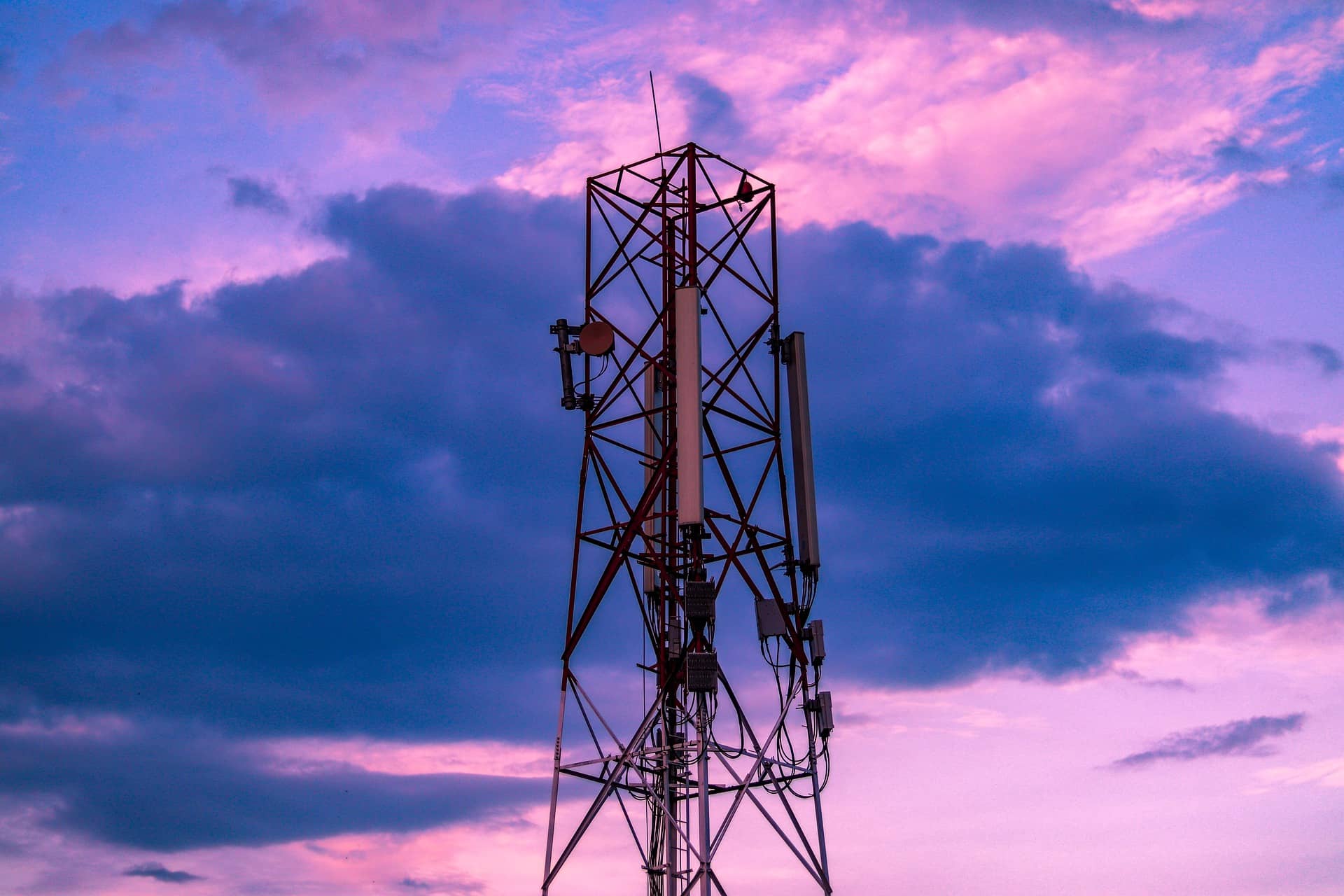CONTRIBUTED NEWS
A network of remotely monitored Internet of Things (IoT) sensors is being trialled by FarrPoint to help monitor the health of peatland in Scotland’s Western Isles, in what is believed to be the first project of its kind in Europe.
Peatland covers around 20% of Scotland and is vitally important to the environment as it stores 1.7bn tons of carbon, the equivalent of around 140 years of Scotland’s annual greenhouse gas emissions. However, it is estimated that 80% of this peatland is damaged, which allows it to dry out. If this continues it will release a large amount of CO2 into the atmosphere, making climate change worse.
The deteriorating nature of peatlands is not just a local problem. Across Europe, these ecosystems store five times more CO2 than forests. This is a particular concern in Finland (home to almost a third of Europe’s peatlands) and Sweden (where one quarter are located), with the remainder in the UK, Poland, Norway, Germany, Ireland, Estonia, Latvia, The Netherlands and France. Ensuring these peatlands are preserved is of paramount importance across the continent.
IoT Trials in Western Isles, Scotland
The year-long trial, which covers a peatland area surrounding Loch Orasaigh in the Western Isles, is being carried out by UK digital connectivity specialist, FarrPoint in collaboration with NatureScot Peatland ACTION, the Carloway Estate Trust and Scottish Water with funding from the Scottish Government.
This work aligns with the Scottish Government’s £250m, 10-year peatland restoration initiative, to significantly reduce carbon emissions and support biodiversity as part of its climate change plan. Peatland ACTION-funded restoration work around Loch Orasaigh has been phased over several years and the FarrPoint IoT sensors are currently gathering a baseline dataset prior to restoration of this area. Post restoration monitoring is also planned using the same technology.
Real-time data to inform peatland restoration work
Monitoring peatland to measure its water content has traditionally been a manual task, with regular travel to monitoring stations in often remote locations, often on foot. FarrPoint’s IoT solution to monitor peatlands could become a game changer in helping to save peatlands in the UK and beyond, by providing real-time information to inform how restoration work impacts the health of the peatland.
Dr Andrew Muir, FarrPoint’s CEO, said:
“Scotland’s peatlands are one of our key natural resources in the fight against rising carbon emissions and we must make efforts to protect them.
“When in good condition, our peatlands offer multiple benefits to the environment and our communities. With 80% of Scotland’s peatlands damaged, projects such as this can help us fight climate change and support biodiversity.
“Digital technologies will become central to our ability to limit the damage of climate change and hit our net-zero targets. This summer’s drought has shown how vulnerable the UK is to extreme heat and this trial will provide valuable and timely data which will help inform future peatland restoration activities.
“Connecting remote and rural areas with digital technologies can be extremely challenging, and whilst benefits have been shown for larger cities, this trial will create key learnings that can be applied to other remote regions of Scotland and Europe.”
Mairi McAllan, Environment Minister said:
“Peatland restoration represents a cornerstone of our action to tackle the twin crises of climate change and biodiversity loss. Restoring Scotland’s iconic peatlands can help us sequester and store carbon from the atmosphere, support biodiversity and provide good, green jobs – often in rural communities.
“Since the launch of the Peatland ACTION programme in 2012, around 39,000 hectares of degraded peatlands have undergone restoration in Scotland. We are committed to significantly increasing the rate of restoration and have invested £250 million to fulfil our commitment to restore 250,000 hectares of peatland by 2030.
“This innovative project, which has been awarded £60k from Scottish Government’s Digital Directorate, highlights how new and digital technologies will be crucial in helping us deliver our net zero ambitions.”
Lucy Elliff, Peatland ACTION Monitoring Officer at NatureScot said:
“Using these sensors in a remote area has enabled us to gather real-time live data, which is important to monitoring the response of water table dynamics to peatland restoration. Projects like this help us explore how emerging technologies can be used to meet the challenges of monitoring peatland restoration work which is often in remote locations.”
Wider smart community project benefits
As part of the same project, FarrPoint is also exploring the broader use of IoT solutions to benefit the local community in the Western Isles. Working with the Scottish Government, it has already consulted with local residents to identify other key social and economic issues that could be solved by using IoT technology, such as deploying remote sensors in the local community (The Pairc Trust) to monitor humidity and temperature levels for its archive of paper-based records and local artefacts. Many of these items need to be conserved in a stable environment, in particular humidity variations proving a key challenge due to the local climate.
This approach to “stackable” use cases, where multiple uses can be delivered over the same infrastructure is seen as essential, particularly in more remote areas, to improve the investment case.
Join us at the Total Telecom Congress for sessions including Data is the new gold: creating revenue from a telco’s most valuable asset. Find out more at www.totaltele.com/congress






